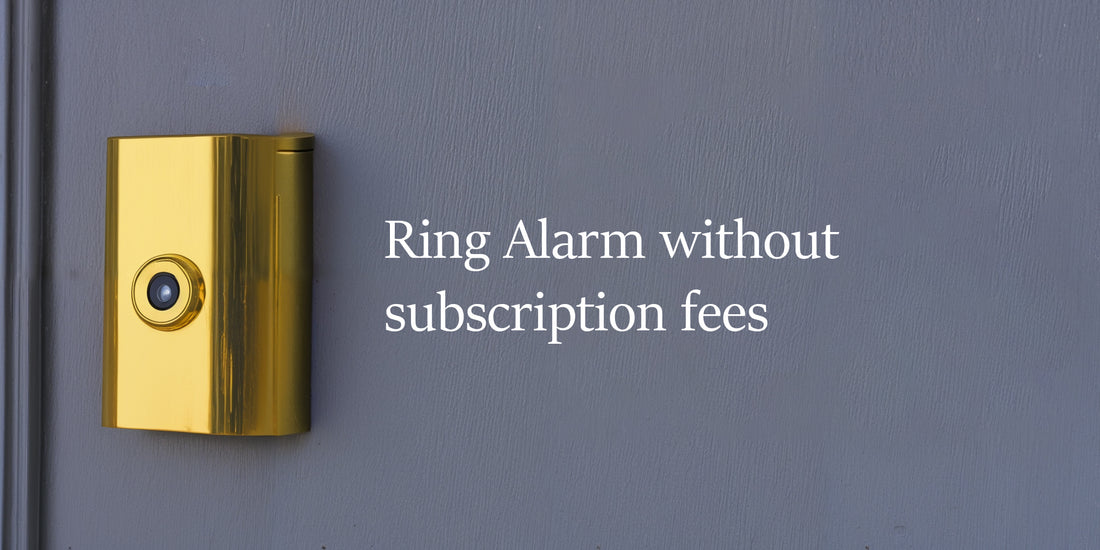Remember: the cloud is just someone else’s computer. Even if access is free today, some time in the future the owners are going to want their rent money and they’re going to want to charge you a subscription.
That’s a lesson being teased to users of Amazon’s Ring platform. One month from now, on the 29th of March 2023, new American and Canadian users of the system will require a Ring Protect subscription, costing anywhere up to US$20 a month, to access Ring Alarm features including:
- Notifications and alerts
- Home and away modes for Ring doorbells and cameras
- Arming and Disarming the alarm via the Ring app
- Arming and Disarming the alarm via voice controllers such as Amazon Alexa
- Event history and log
- Home automation based upon the Ring Alarm security system
That’s right: they’ll have to pay to arm and disarm their alarm system using the app. Basic and expected functionality will require a subscription. It won’t impact existing users immediately, but the devil is in the detail. Amazon and Ring have stated that they won’t charge a subscription during “the expected lifetime of the device”. But there’s no word on the expected lifetime. One year? Two? In short: in the near term, existing users will pay a subscription.
These kinds of changes plague free cloud-connected systems. It’s for that reason that we always recommend smart home owners use a locally hosted smart home automation system instead of something cloud connected. Branded, cloud connected smart homes always end up in one of two places: cancelled or costing.
Alternatives to Ring Alarm
Given all new users will have to pay from March and existing users will have to pay sometime in the near future, what alternatives do you have? Plenty.
Existing users: Open-source software and existing Ring hardware
While Ring will be charging for use of their app, their equipment can connect to other platforms. Using free (no cost, no subscription) open-source automation software Home Assistant will enable you to connect all of your Ring sensors and alarm products and control them via Home Assistant’s free app. To do this you’ll need:
- Home Assistant set up on a Mac, Raspberry Pi or Windows based system. Instructions are here for setting up Home Assistant with Raspberry Pi.
- To install the free Alarmo or Ring MQTT plugins within Home Assistant.
- Optional. For automation, you’ll need a Z-Wave stick as well. This will let you use Z-Wave sensors and Ring hardware to create intelligent security automations.
New users: best alternatives to Ring
For those looking to either change their Ring hardware or buy new hardware from a subscription free brand, you’ll want to focus on doorbells and cameras which offer an RTSP feed. That will help prevent you from being locked into subscriptions. The most popular doorbell and camera options at present are:
- Reolink PoE
- Amcrest AD410
- EZVIZ
- Unifi G4 but you will need the UniFi networking ecosystem for this
